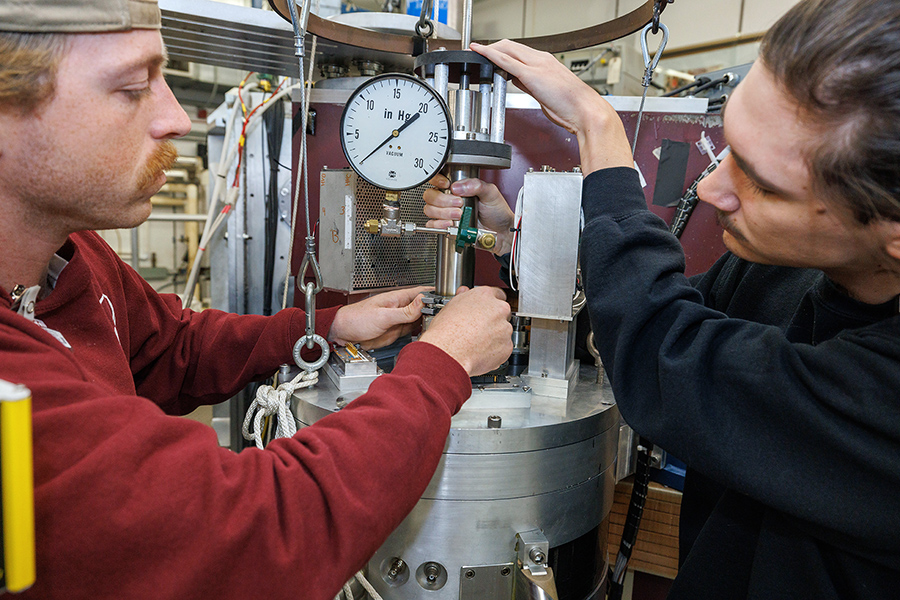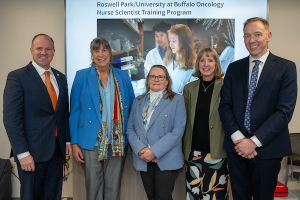A new research project – led by Rebecca J. Barthelmie, professor in the Sibley School of Mechanical and Aerospace Engineering, and Sara C. Pryor, professor of Earth and Atmospheric Sciences in the College of Agriculture and Life Sciences – is designed to unlock the power of wind energy by optimizing the spacing between wind turbines and wind turbine arrays to maximize power production.
Their project, “Reducing LCoE from offshore wind by multiscale wake modeling,” will run for two years, and is jointly funded by the U.S. Department of Energy (DOE) and the New York State Energy Research and Development Authority (NYSERDA).
“Our research and other projects funded under this initiative will enable us to harness the power of the wind and propel New York and other states toward their carbon neutral energy supply goals,” Pryor said.
The researchers’ goal is to provide essential information to wind farm developers to ensure that this massive energy research is harnessed at the lowest possible cost. Levelized cost of energy, or LCoE, measures the total costs of energy production across a project’s lifetime – an essential tool for ensuring long-term value.
Wind turbines produce electricity by extracting momentum from the air and using it to turn generators. This produces a wake behind each turbine – a region of low wind speed and high turbulence that dissipates after it starts to mix with the surrounding air. While wakes from individual turbines can last for more than a mile, wakes from offshore wind farms can extend to 10 or 20 miles, depending on the size of the wind farm and atmospheric conditions.
The challenge, Pryor said, is to strategically space individual wind turbines within each wind farm and then optimize the spacing between wind farms. The Bureau of Ocean Energy Management has already auctioned 16 lease areas for offshore wind turbine deployments along the East Coast, covering 1.7 million acres and opening up the potential development for dozens of individual wind farms.
Pryor and Barthelmie’s research will simulate wind farm and array configurations that maximize power generation by limiting the extent to which wind turbines operate within each other’s wakes.
“This crossing of multiple spatial scales from meters to tens or hundreds of kilometers is what makes our modeling both challenging and important,” Barthelmie said. “We are seeking to describe both the interactions between single wind turbines and the atmosphere and other turbines and the interactions between individual clusters of wind turbines.”
This research leverages Barthelmie’s extensive experience working with offshore wind energy development in Europe, where offshore turbines currently comprise 11% of the continent’s installed wind energy capacity. Pryor has also made significant advances in developing more accurate models of wakes for whole wind farms and showing how the wakes evolve by developing and implementing new numerical descriptions.
Earlier this year, they co-authored a study that showed that quadrupling the installed capacity of wind turbines from 2014 levels could help the U.S. generate 20% of its national energy needs by 2030. Their continued wind energy research also supports New York state’s commitment to produce 100% carbon-free electric energy by 2040.
Their latest project is one of 20 funded by the DOE and NYSERDA as part of the National Offshore Wind Research and Development Consortium. By 2035, NYSERDA estimates that continued investment in offshore wind energy could provide 30% of the state’s energy needs, powering 6 million homes and creating 10,000 new jobs.
Pryor and Barthelmie are fellows at the Cornell Atkinson Center for Sustainability.
For additional information, see this Cornell Chronicle story.
-30-



